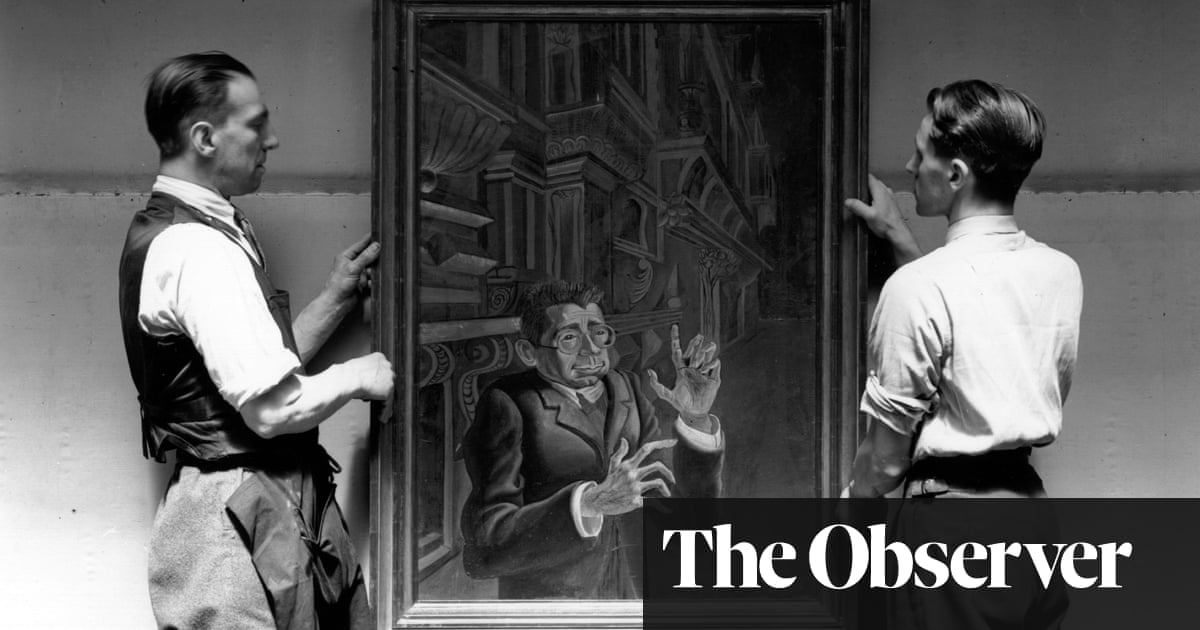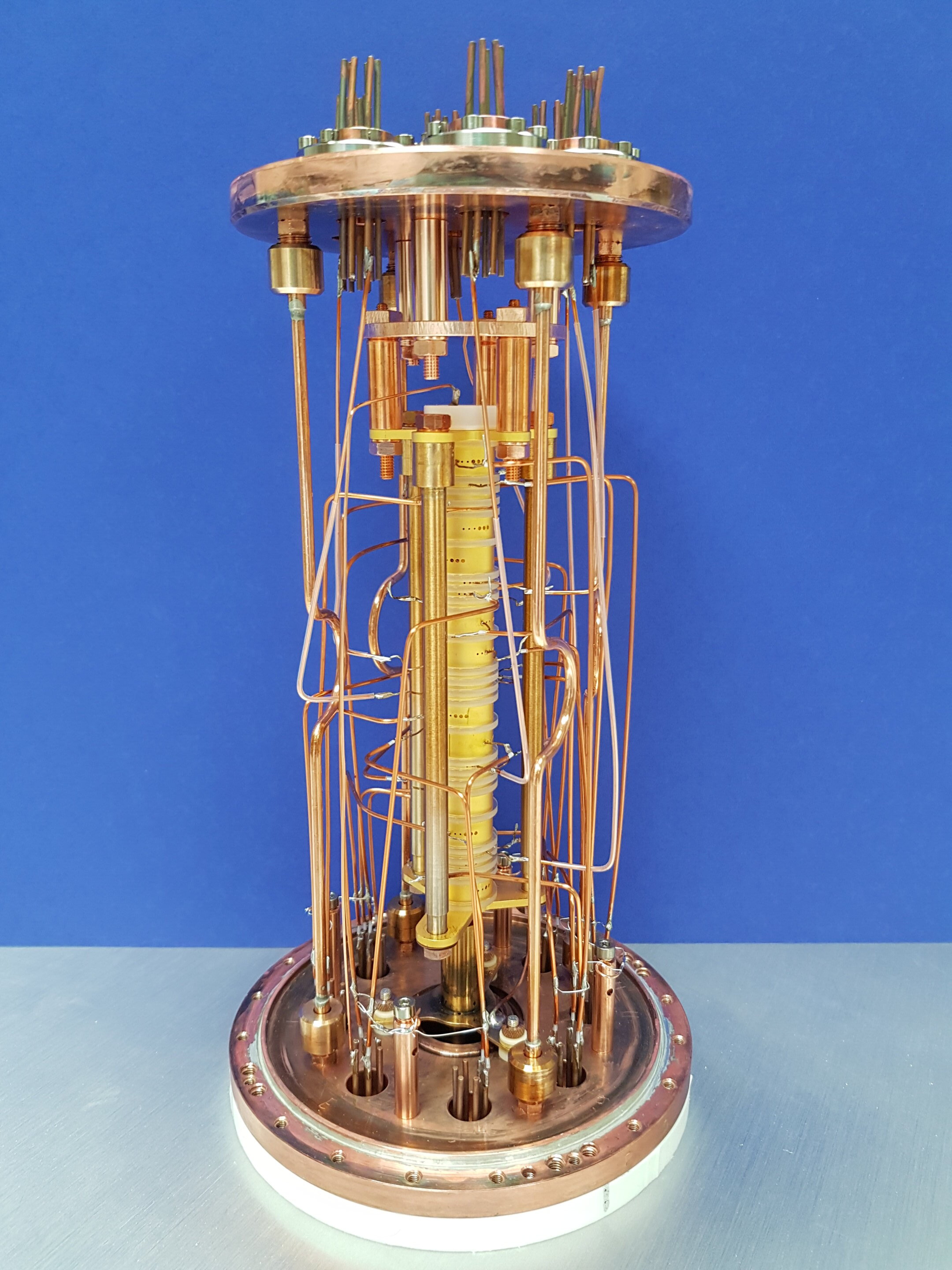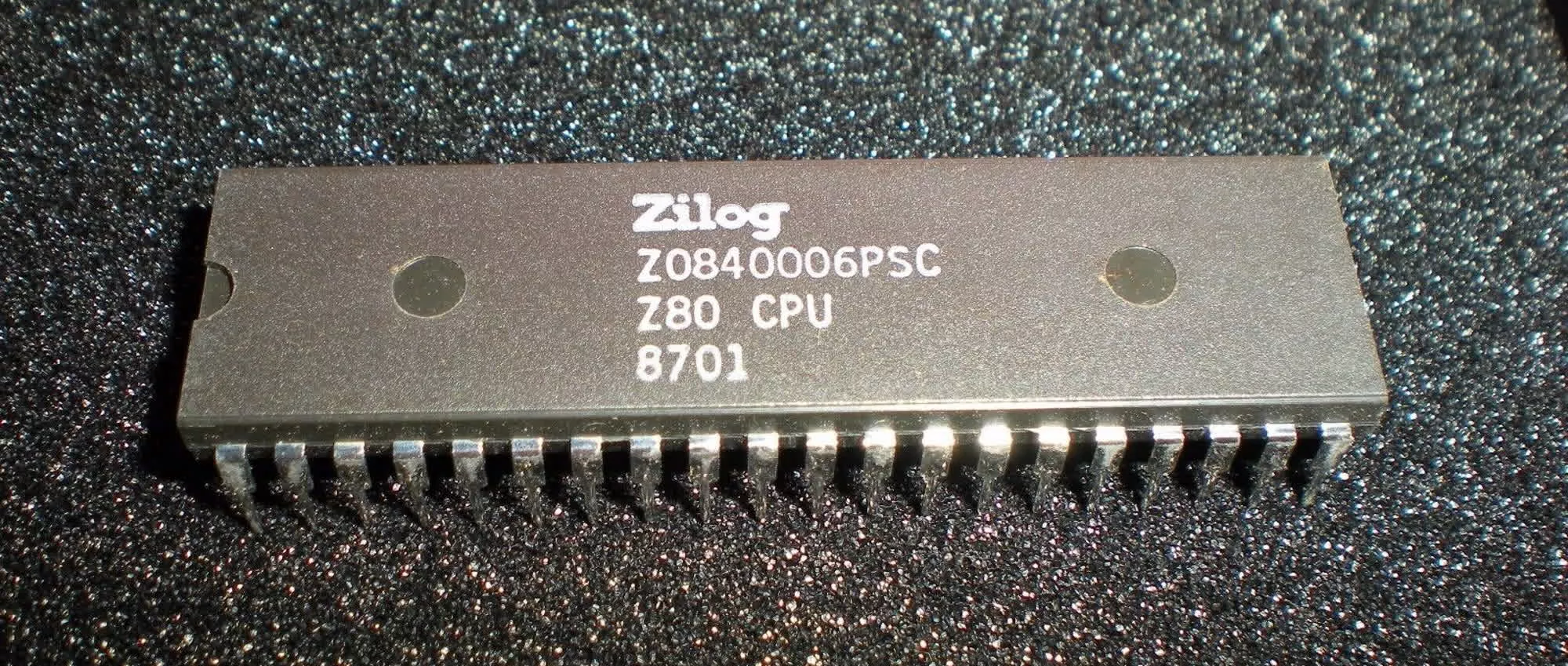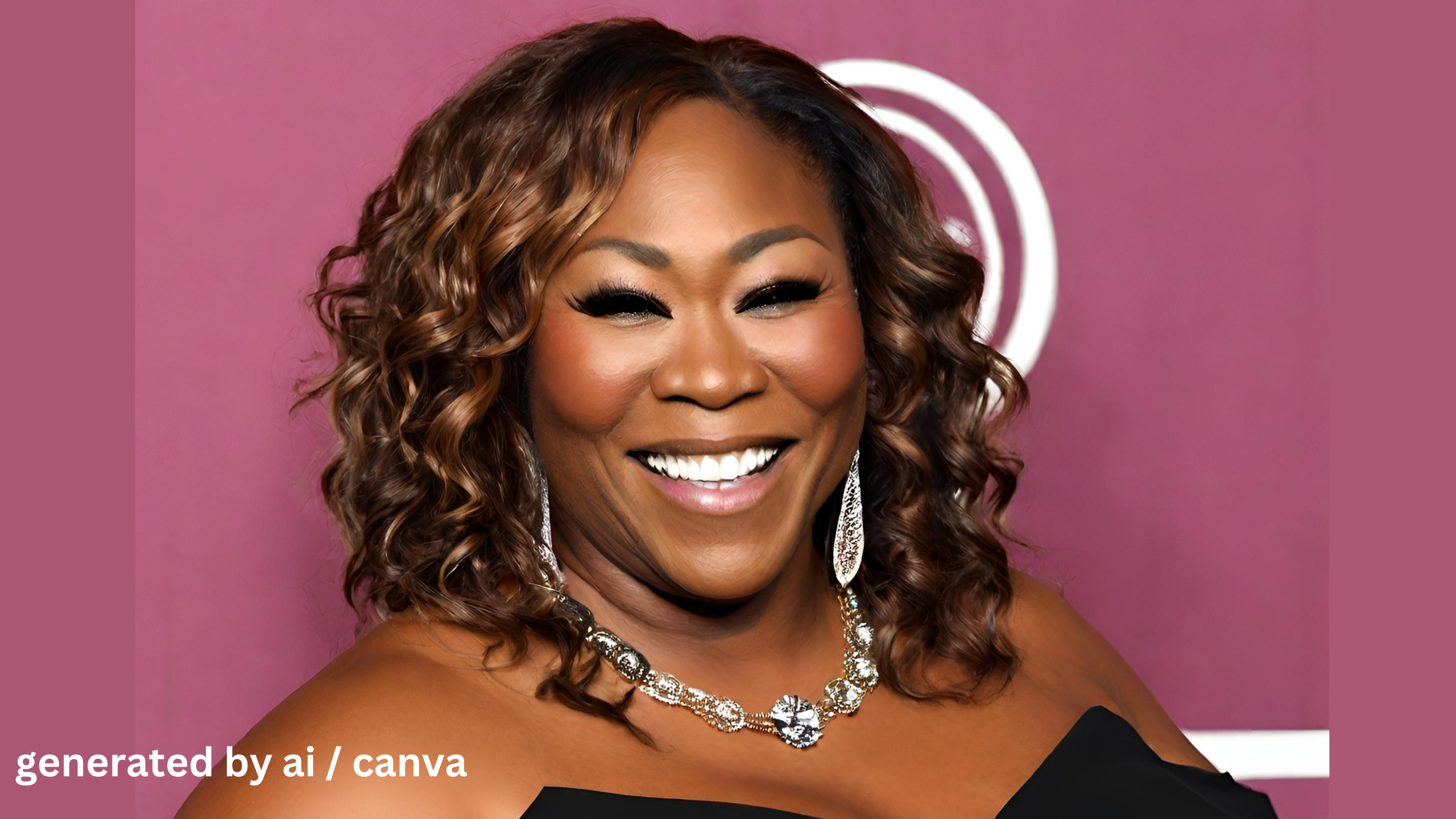
The Dark Side of Chess: Payoffs, Points and 12-Year-Old Grandmasters
It should have been an easy task. The opponent was the lowest-ranked player in the tournament. Karjakin was one of the rising talents in chess, a poised and accomplished boy of 12 years 7 months who was, at that moment, one victory from becoming the game’s youngest grandmaster.
The title would change his life. In chess, only the top 30 players can expect to build a proper career from the game. Becoming the youngest grandmaster in history offered Karjakin a direct path to that world, a door to global acclaim and corporate sponsorships and invitations to the biggest tournaments — to the life that he and every prodigy, and, perhaps most of all, their parents dream about.
For once, though, his skill did not appear to be enough. For nearly 60 moves, Karjakin posed subtle and challenging problems to Irina Semyonova, his opponent. Each time, she had an answer, a counter. Karjakin kept pressing, but the game ended in a draw.
Chess grandmasters are not made in a day. Even the brightest talents need years to earn the highest and most coveted title in the game. To achieve it, a player must gain a high rating through strong tournament play and by collecting a series of benchmarks, called norms, in games at qualified events.























